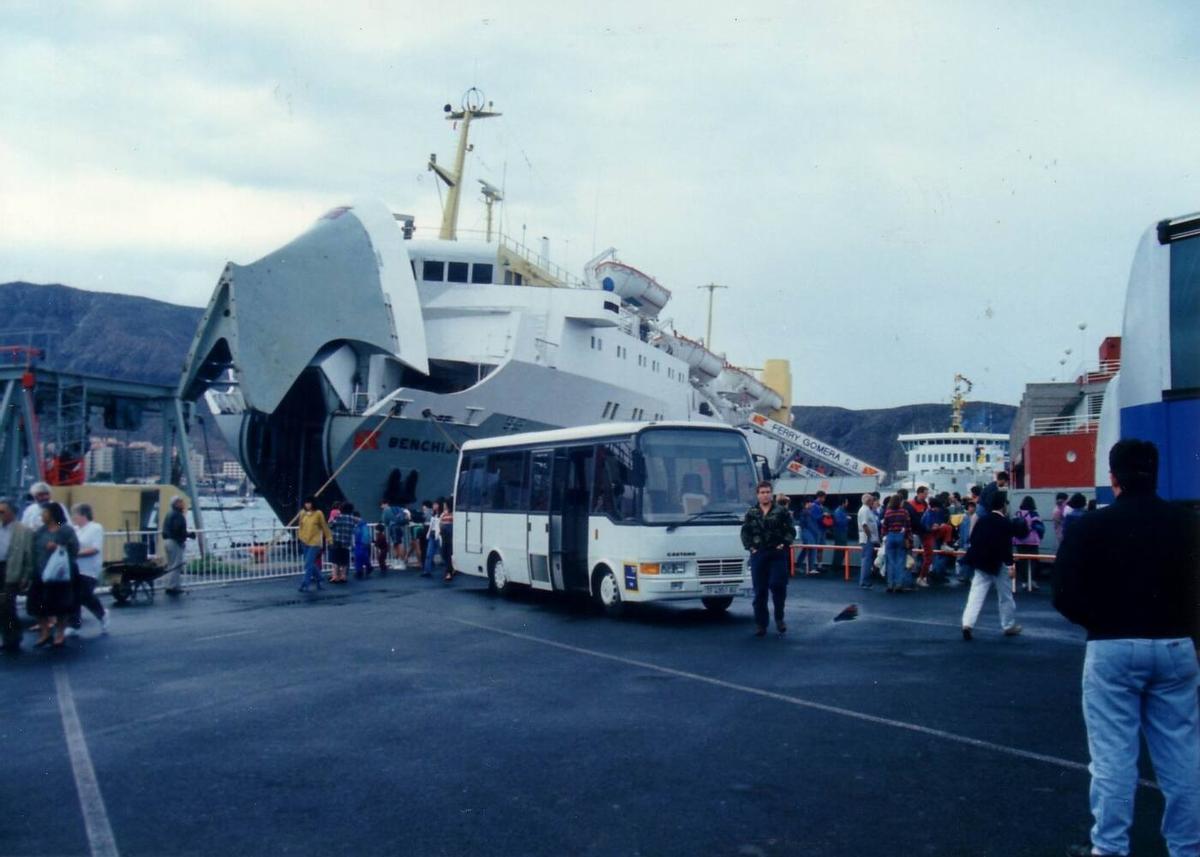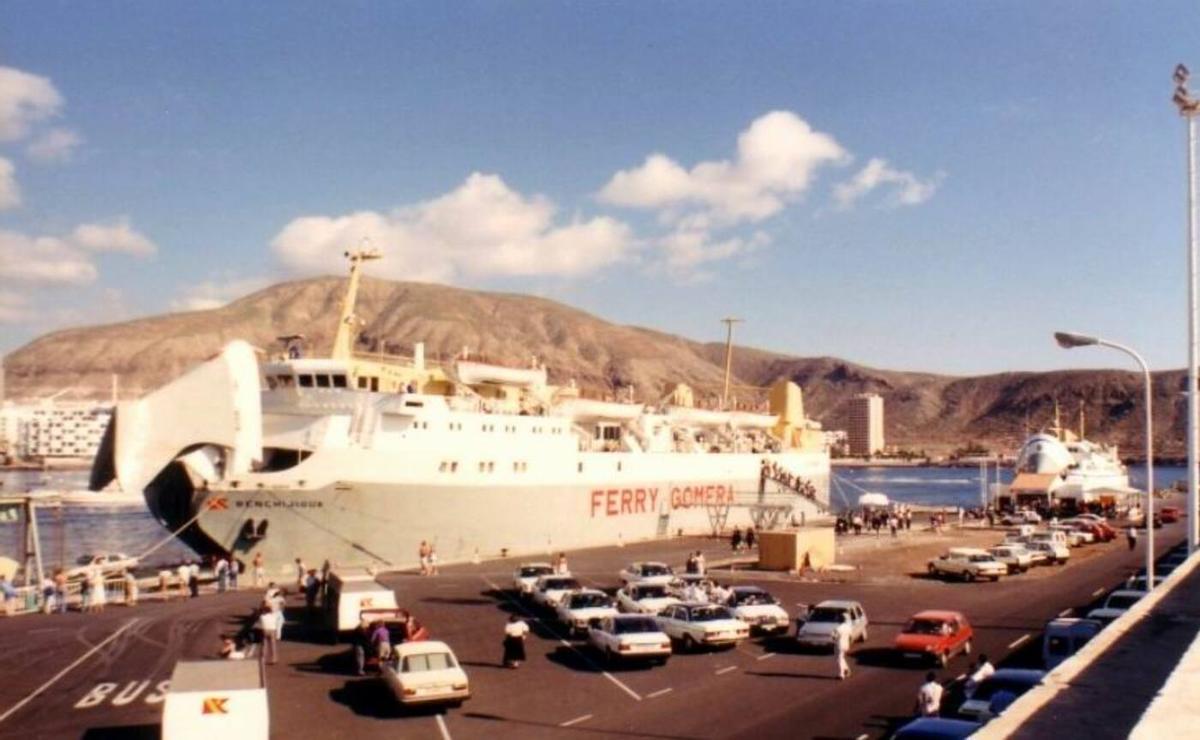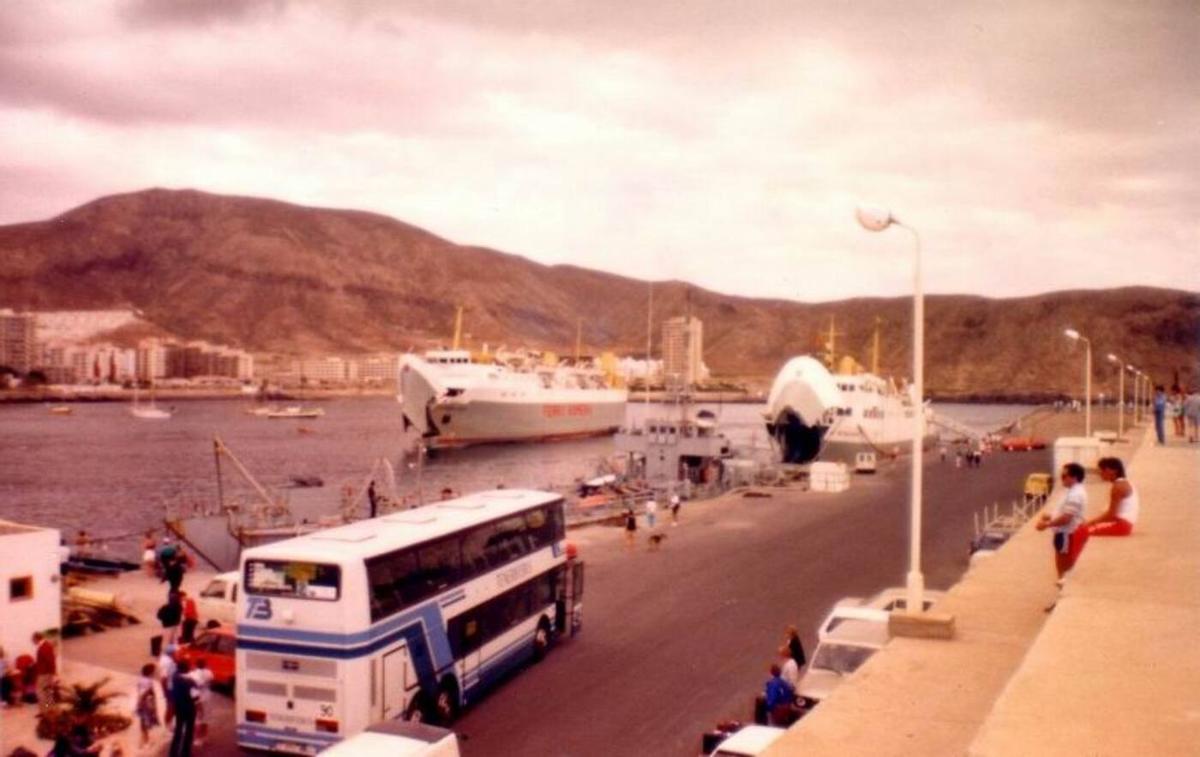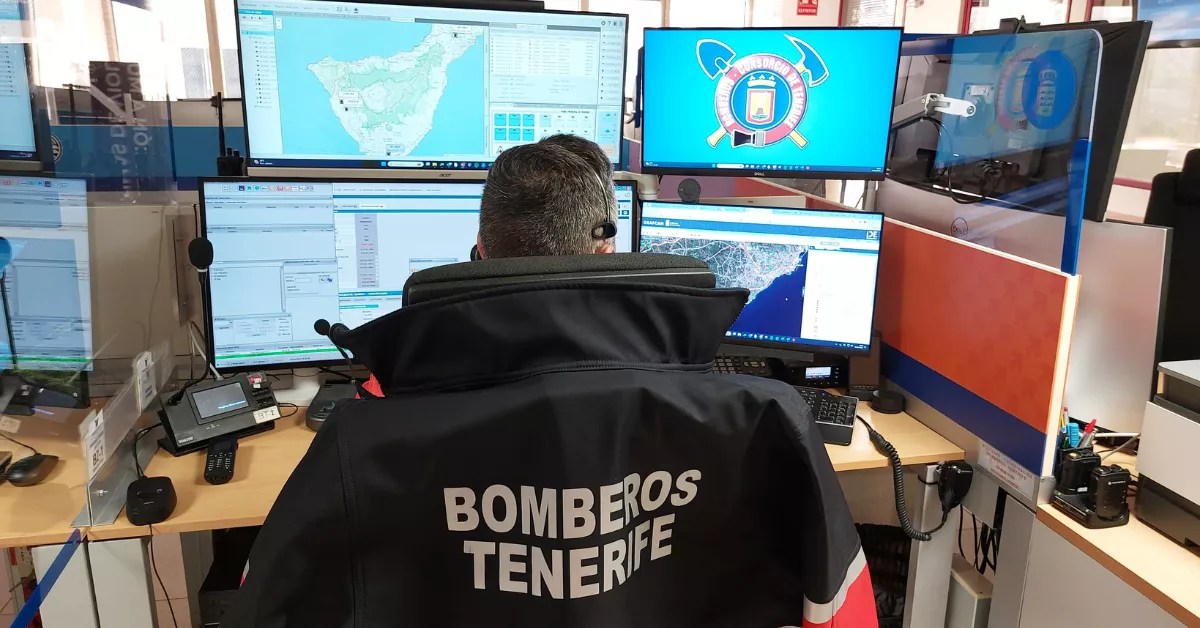This July marks the 50th anniversary of the first journey made by Fred. Olsen in La Gomera, intertwining the origins of the company with the island. Specifically, it was on 8th July 1974 when the shipping company embarked on its inaugural journey to connect this island with the south of Tenerife.
Throughout history, one of the most prominent elements of Gomera’s economy has been its port, which in the 17th century was considered one of the best in Canary Islands. However, its great maritime revolution came in 1974 when the ferry Benchijigua docked for the first time, ushering in a new era.
The arrival of a ferry in La Gomera was made possible by the Olsen family. In 1904, upon their arrival on the island, Thomas Olsen saw an opportunity for development. While their initial business activity stemmed from agriculture, his grandson, Fred. Olsen, in 1973, accepted the challenge that public officials had presented to him, aiming to find a solution to the connectivity issues faced by the island’s residents in reaching the nearest island: Tenerife.

‘Benchijigua Buganvilla’ / Fred. Olsen
Thus, in 1974, the company Ferry Gomera was born, starting its journey with the Benchijigua, the company’s first ship. The vessel had a capacity for 399 passengers and around 60 vehicles. The journey then lasted 80 minutes, with a ticket price of 280 pesetas.
According to Fred. Olsen Express fleet director, Juan Ignacio Liaño, “the reception of this boat was such that in just six months, over 100,000 passengers travelled with it.” “For the Gomerans, the Benchijigua was a lifeline in their daily lives. Being the only means of transportation from the island to the rest of the archipelago, it was often used to transport patients who needed immediate transfer to the hospital in Tenerife,” Liaño points out.

Benchijigua Betancuria. / Fred. Olsen
As a lifeline, logistics tool, or tourist attraction, the Ferry Gomera managed to carve out a place in the lives of the residents of the port of San Sebastián much earlier than the company had anticipated at that time. Therefore, the second ship arrived in La Gomera in 1980, while land connections also evolved to improve connectivity between the island’s municipalities.
With its consolidation, the shipping company paved the way for tourism and the dynamisation of other sectors, such as the rise of craftsmanship, the establishment of restaurants and souvenir shops, and the introduction of new services like car rentals. Day-trip excursions were born with Ferry Gomera. A model that continues to this day, with Fred. Olsen Express still contributing to the economic development of the island where it all began.

Betancuria Benchijigua. / Fred. Olsen
Five Decades of Service for Over 34 Million Passengers
Over the course of half a century, the route between La Gomera and Tenerife has hosted the journeys and experiences of more than 34 million passengers, 4 million vehicles, and over half a million cargo units since its inception.
The acceptance of this voyage over 50 years solidifies it as a top choice, with an annual average of 800,000 passengers, over 150,000 vehicles, and around 10,000 cargo units. These figures underscore the importance that the shipping company holds in Canary Islands’ connectivity.
















